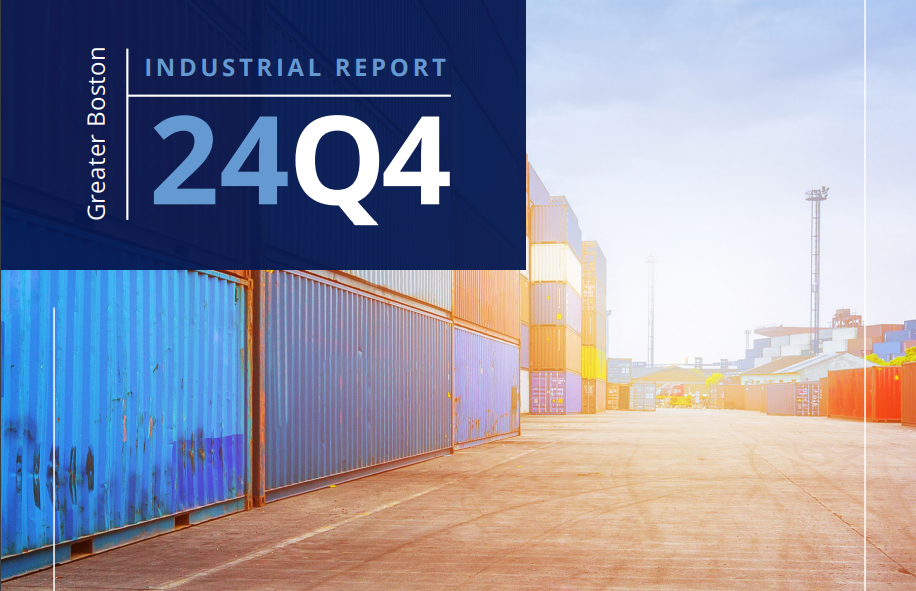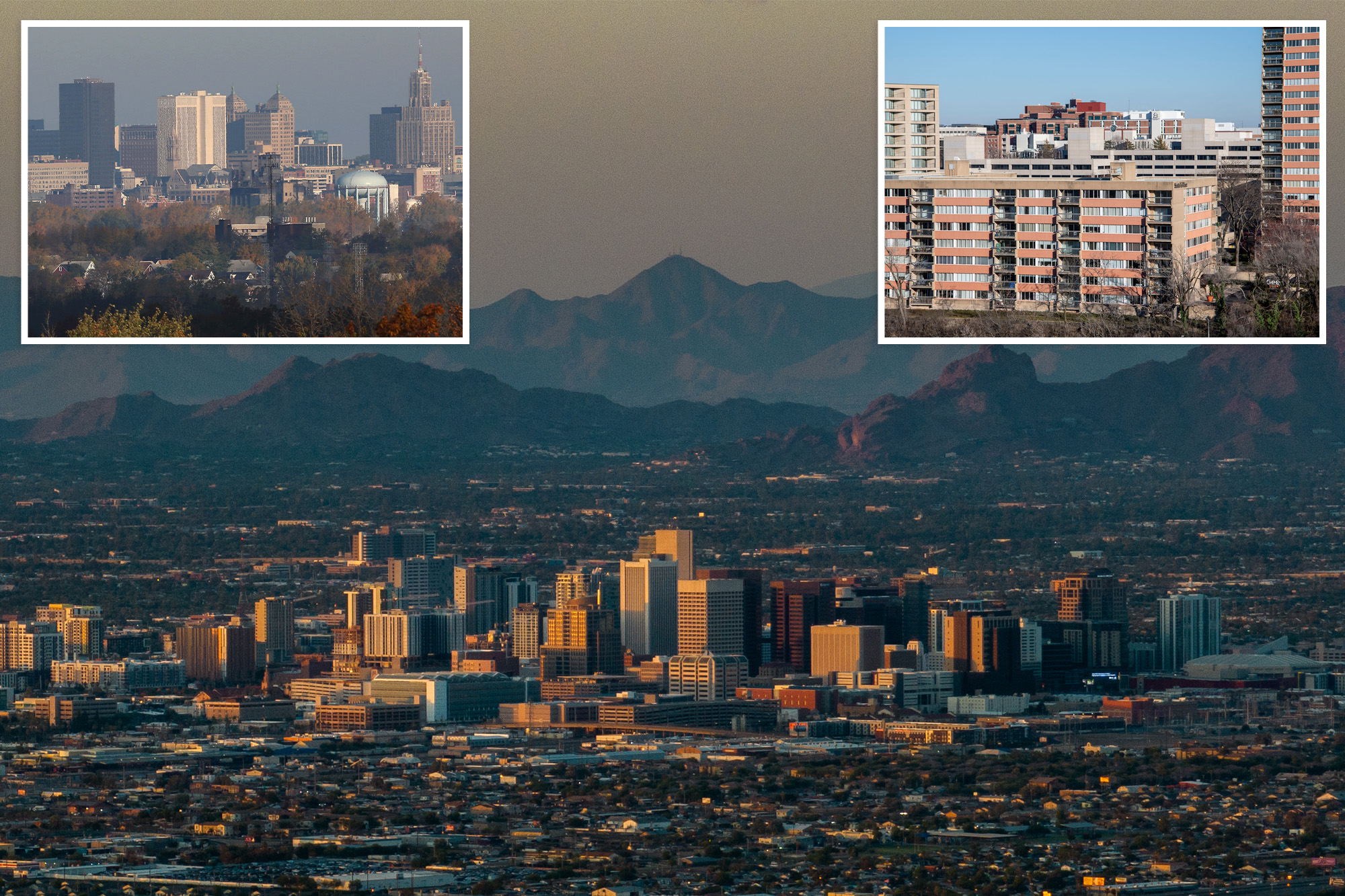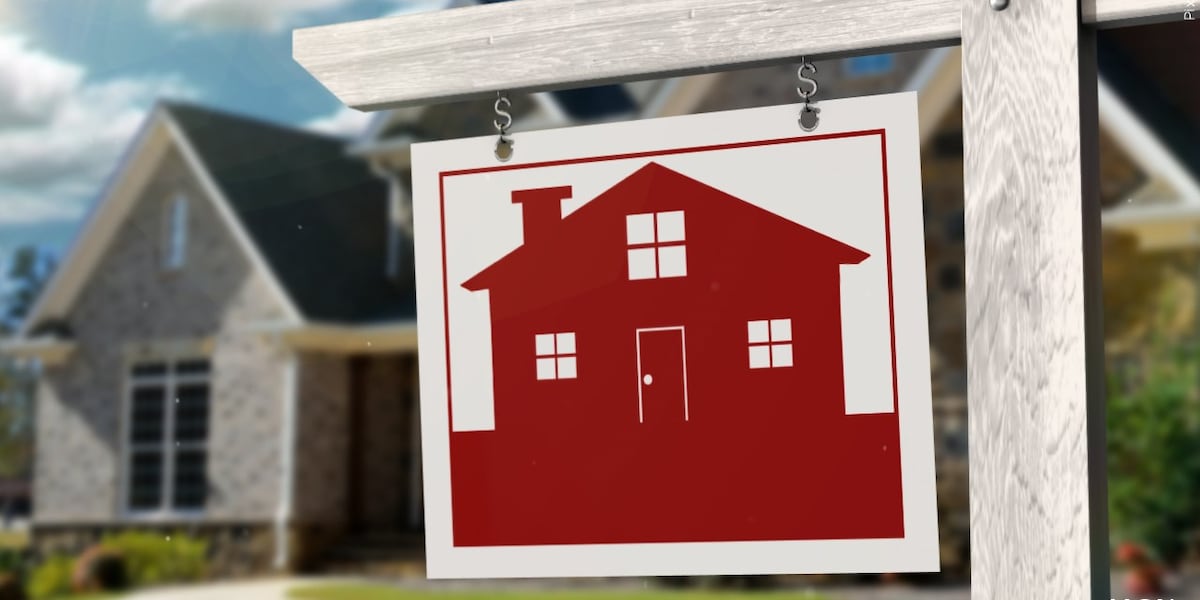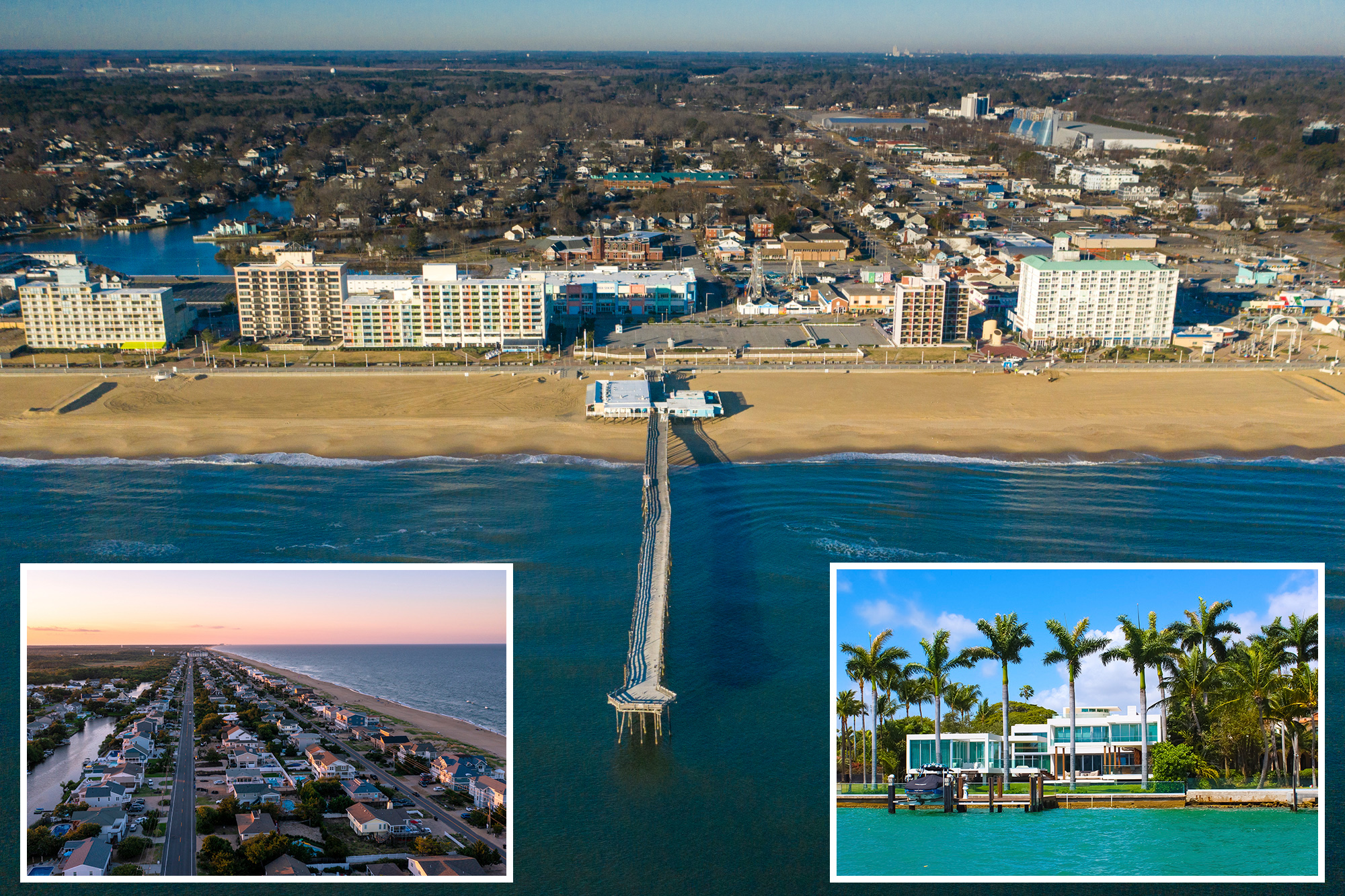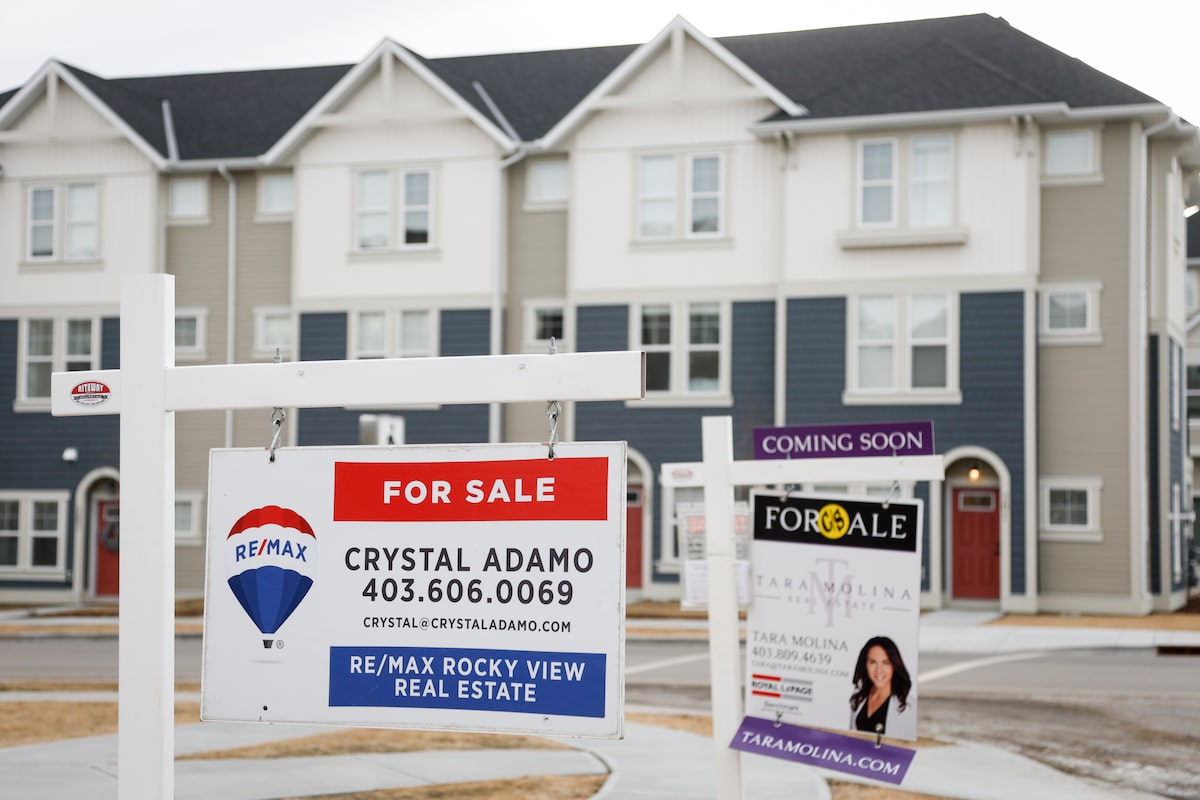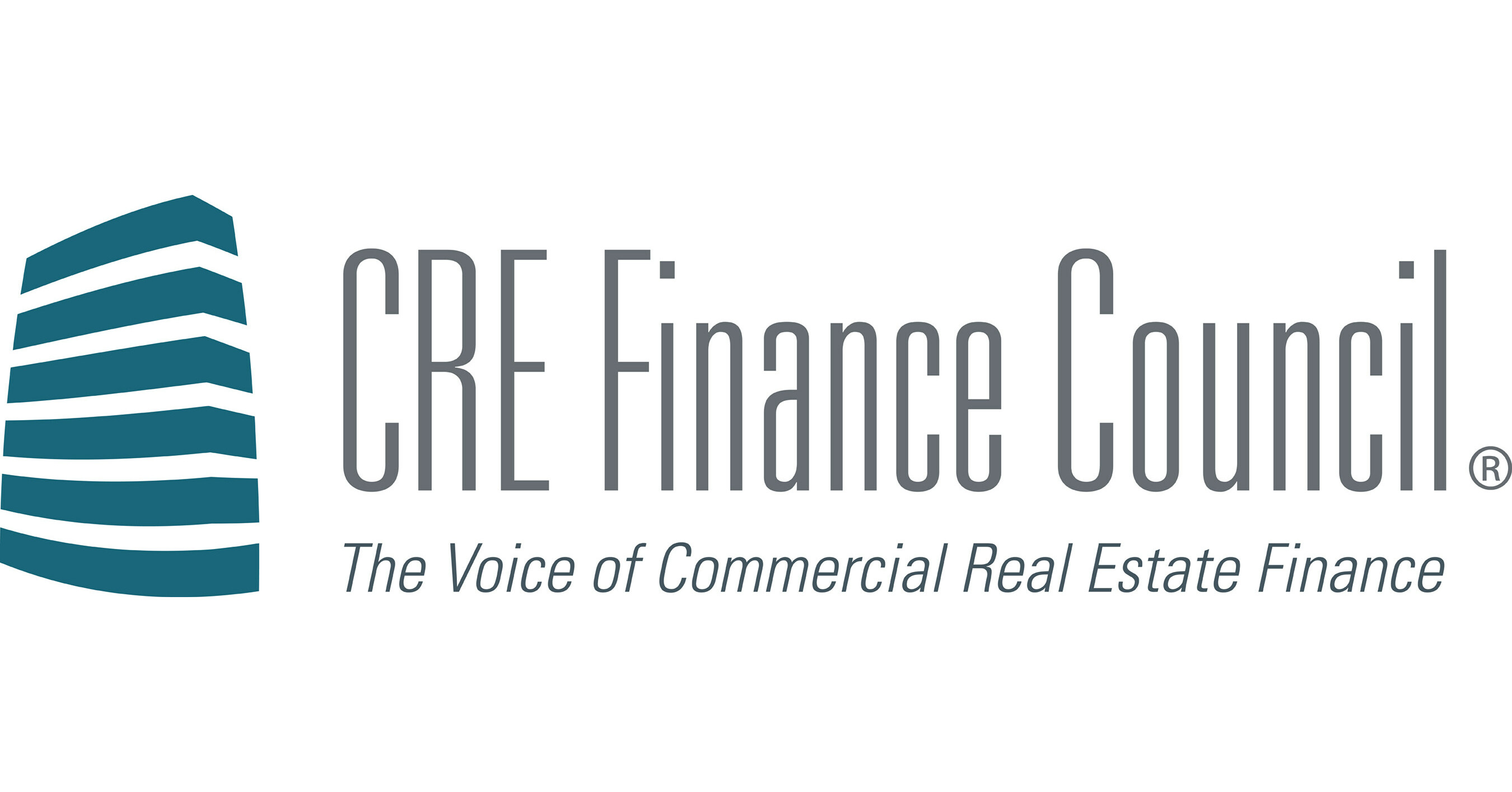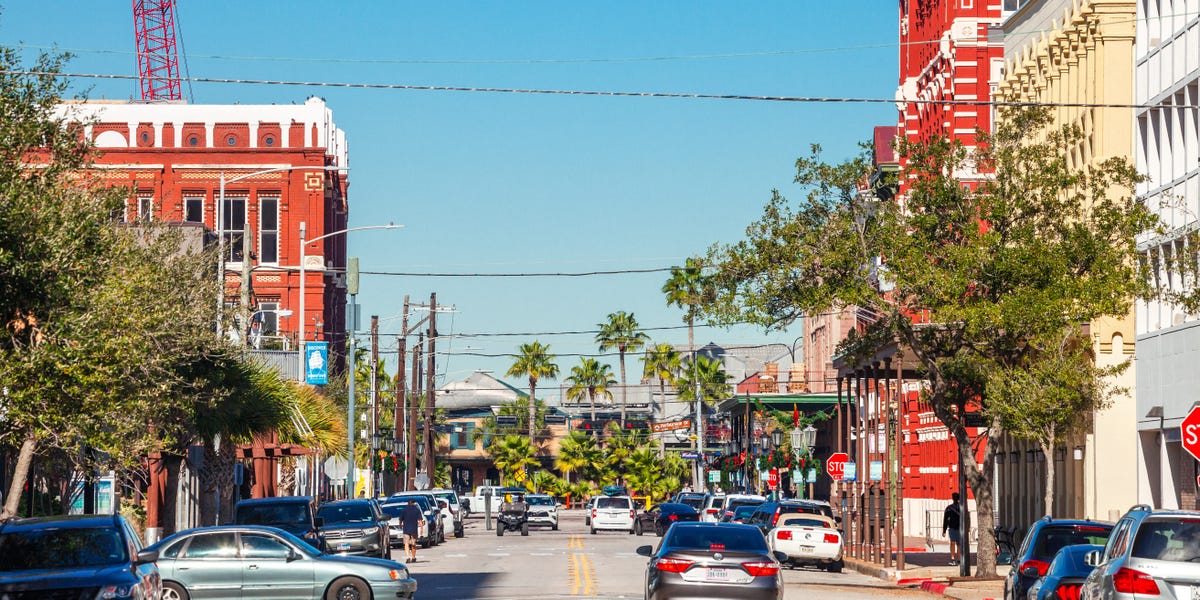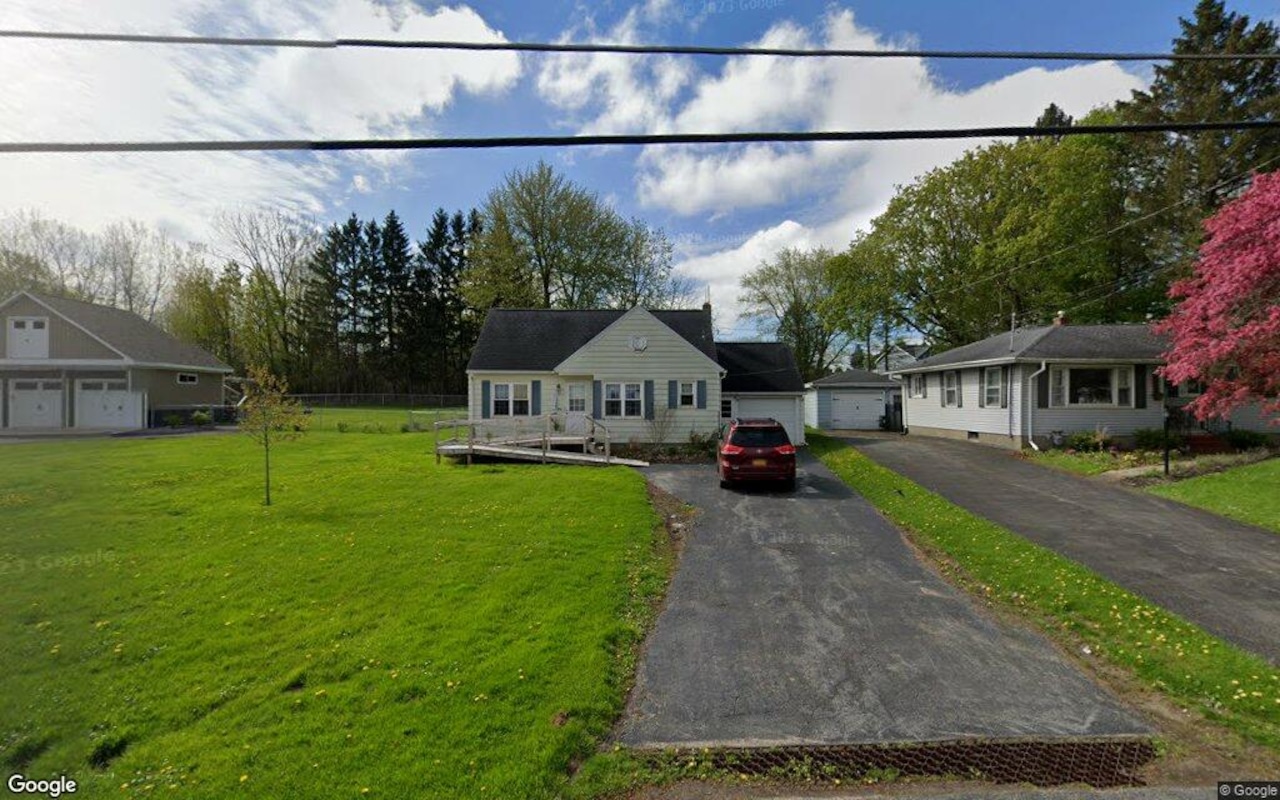B
oston's office market is grappling with a perfect storm of oversupply and slowing demand. As the city's vacancy rate soared to 12% in 2024, a staggering 2.6 percentage points higher than at the end of 2023, it became clear that new developments were outpacing absorption.
A particularly striking trend emerged among buildings completed between 2023 and 2024: an astonishing 61% vacancy rate, with recent Amazon deliveries barely making a dent in the available space. This glut has left sublease space at a 12-year high of 2.9 million SF, a 47% increase from last year's numbers.
In contrast to the record-low sublease availability of 500,000 SF in 2021, this surge is a stark reminder of the market's shifting dynamics. As vacancy rates continue to rise, asking rents have begun to recede from their peak in Q1 2024.
Key takeaways from the report paint a picture of a market in flux:
* Vacancy continues to climb.
* Rent growth has stalled.
* Negative net absorption is a clear indicator of market conditions.
* Sublease space is at an all-time high.
* Distribution property vacancies may finally be stabilizing after two years of increases.
A glimmer of hope emerged for distribution buildings, with direct vacant space decreasing by 329,000 SF in the fourth quarter. However, this modest improvement was offset by a significant increase in available sublease space, which nearly doubled over the past few quarters.
In contrast, manufacturing and flex spaces continue to struggle, with total vacancy rates reaching 8.4% and 12.5%, respectively, in the fourth quarter. As the market adjusts to its new reality, one thing is clear: Boston's office landscape will never be the same again.
